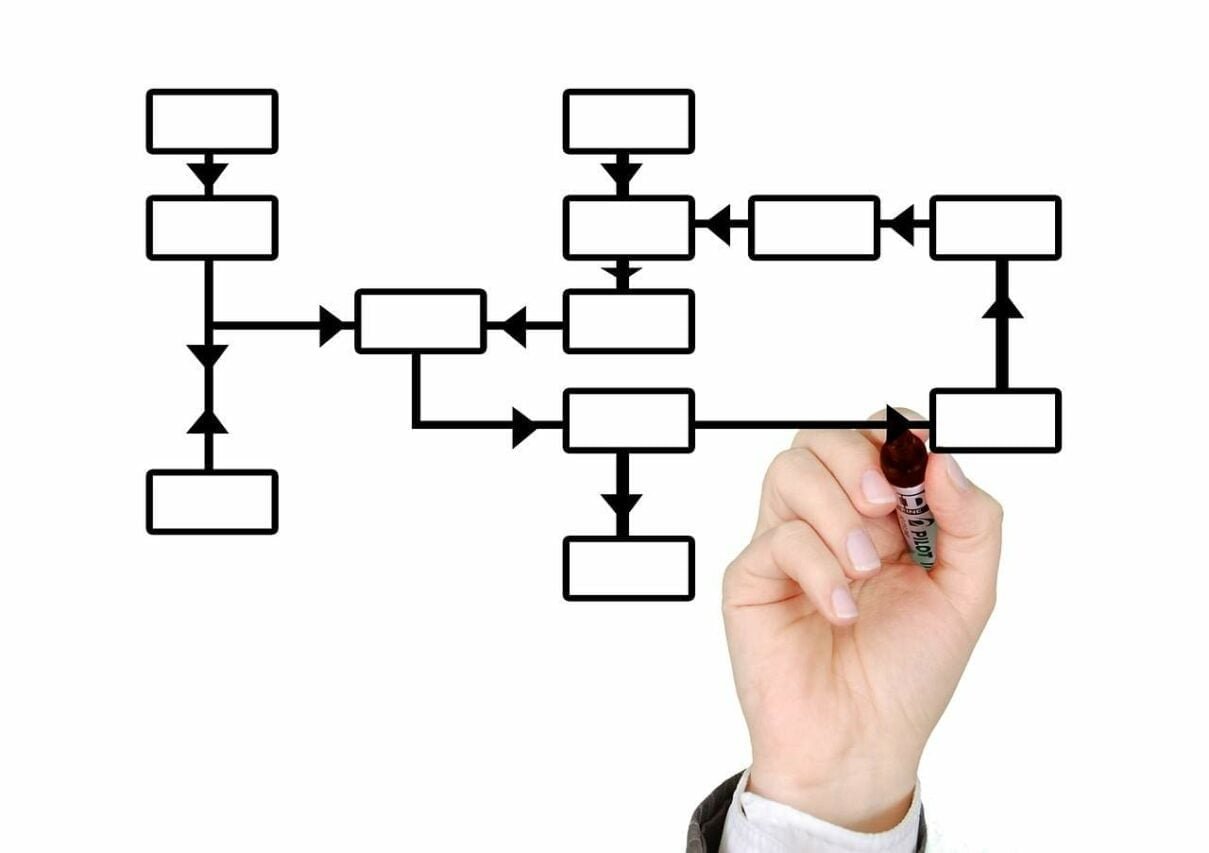Importance with Techniques of Coordination
First, Some Understand the meaning of Coordination:
Coordination is much essential in management. Business has various functions. These functions are performed by different individuals.
Moreover, the performance of these functions requires a division of work and grouping of activities and making decisions at different levels.
All these necessitate coordination for attaining the desired goals. Coordination is concerned with synchronizing, integrating or unifying all the group actions in an enterprise to achieve its objectives.
It is a process by which the manager achieves harmonious group efforts and unity of actions through balancing the activities of different individuals and groups of individuals and reconciling their differences in interest or approach, for the attainment of common goals.
[perfectpullquote align=”right” cite=”” link=”” color=”blue” class=”” size=””]According to Mcfarland, “Coordination is the process whereby an executive develops an orderly pattern of group efforts among his subordinates and secures unity of actions in the pursuit of a common purpose.”[/perfectpullquote]
Now, Here is Importance of Coordination
I. Unity of action: An enterprise has diverse resources; technique, activities etc and they all must be coordinated to bring unity through unity in action.
II. Increase in efficiency and economy: Coordination brings efficiency because it is an effort of all organizational members. It also helps to maintain good relation among all levels of management.
III. Development of personnel: Coordination helps to obtain information about job, qualities of a job holder which helps to analyze about the potentialities of the job holder and improve coordination system.
IV. Differential perception: Different people have a different perception. When all people are coordinated effectively their effort and power are concentrated to achieve organizational goals.
V. Survival of the organization: Coordination helps o harmonize the work resources and physical facilities. When their activities are not harmonized the organization can’t achieve the goal and it can’t survive in the society.
VI. The accomplishment of objectives: When the employees, their task, and available resources are coordinated, their production will be increased and it helps to accomplish the objectives of the organization.
VII. The basis of managerial function: All managerial functions such as planning, organizing, directing, controlling etc can’t be conducted effectively without communication.
VIII. Specialization: In the absence of coordination in the organization the activities can’t be moved in specialized areas. Therefore, it helps in specialization.
And, Finally Here are Techniques of Coordination
I. Well defined goals: The first means or technique of coordination is well-defined goals. The goals of the organization should be clear and well defined. Each individual in the organization should understand the overall goals. When the goals are not well defined the coordination may not effective.
II. Sound organization structure: Coordination is the essence of management. It is not possible without sound organization structure. The authority and responsibility for each and every positions and employee should be clearly defined.
III. Effective communication: Coordination helps in creating proper understanding among persons. Without effective communication, coordination may be effective. The ideas, opinions should be interchanged freely. It is only through effective communication that even individual understand his/her limitations, positions, and responsibility in the organization. Effective communication helps in coordination. Therefore, it is also an important means of coordination.
IV. Proper leadership: Proper leadership leads the subordinates effectively and efficiently. A good managerial leader uses the motivational tools to coordinate the employees with an effective communication system. In short, coordination is made possible through proper leadership.
V. Proper supervision: Supervisors coordinate the subordinates and their activities. Top level management cannot coordinate all employees. In short, proper supervision helps in effective coordination.
VI. Better plans and policies: Coordination is made according to plans and policies of the organization and departments. When the plans and policies are not better coordination is not effective in the organization.
VII. Cooperation: Without cooperation, coordination may not succeed because coordination is related to employees and their activities. When they are not cooperative, coordination may not be made. So, cooperation is essential in the organization.
VIII. Meeting and conference: Coordination may be possible when all employees their all activities and departmental goals are involved in organizational planning and policies. They’re all problems and matters may be involved. When there is an environment of constructive discussion and debate with meeting and conference.
XI. Group decision: The group decision is a decision in which all members of the organization are participated to make decisions. The ideas and feelings are mixed into the decision and coordination may succeed.
Notes: Here are you have read it Importance with Techniques of Coordination, last post you might be read it; Principles of Coordination. And, Maybe You will read it; The definitions of all the Seven Processes of Scientific Management; Planning, Organizing, Staffing, Directing, Coordinating, Motivating, Controlling.










